In the early afternoon, went to one of the two Shinto shrines to draw a stone dog. All the rocks scattered around the shrine have worn carvings on them. On the way there, we suddenly noticed that many of the rocks by the side of the road have markings on them as well, either writing or weathered sculpture.
At 3:00, one of the teachers invited us to go to mass. There were about 50 students in their uniforms, and they sang translated hymns which I could hum along with. I had mixed feelings. On the one hand, it was heartwarming to think of virtually the same service being held all around the world. On the other hand, as a non-Catholic, I kept wondering exactly how this culture benefits by orienting towards sin and the suffering Christ on the cross. They're already so careful and polite that there is a huge cultural shadow of suicide and sexual weirdness. No need to add the righteous Christian ones of religious intolerance and black-and-white thinking.
In the evening Yayoi and I fixed dinner on the hot plate in the little closet near our room. Three of the girls came by and said it smelled good. "Thank you," I said, and bowed. "What you make?" asked the boldest. "Our dinner is burdock root, mushrooms, and fish," I said, and showed them each item. "Mmm," they said, wistfully. There was a pause. "What was your dinner?" I asked. "Our dinner was Japanese meat balls," said another girl. "Did you like it?" There was a long pause, and they looked at their shoes. Finally, one of them said, "Yes, we liked it," and they all giggled. THAT is how the Japanese say "Not at all!"
After dinner, we went to the girls' dormitory on the 6th floor to meet with the three girls who signed up to sew bags that look like fish. Twelve of them showed up. Hmmm. We hastily came up with more fabric, and eventually everyone was happily sewing away, maybe singing or chatting with friends, or generally acting like sewing women probably have for the past 20,000 years.
Afterwards, Yayoi worked on her own fish bag while Camilla and I tried to stuff all our things into a suitcase and make it weigh less than 50 pounds, or 22 kilos. So much of our accumulated booty is either silk kimonos or art books, that there was some trouble packing so that the suitcases' contents didn't rattle.
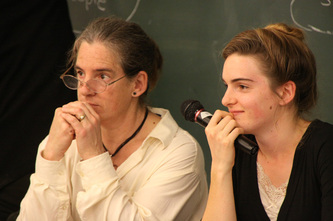
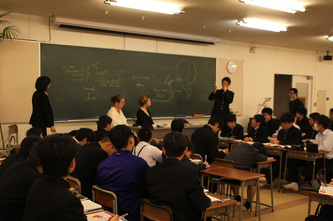
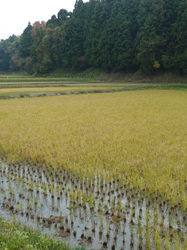
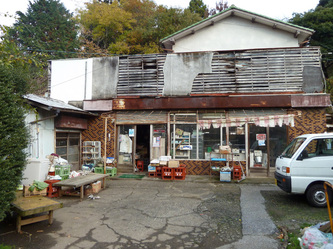
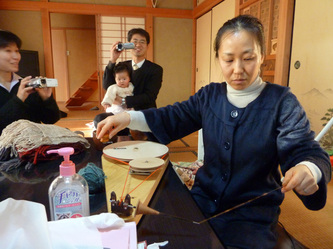
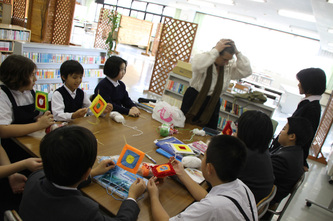
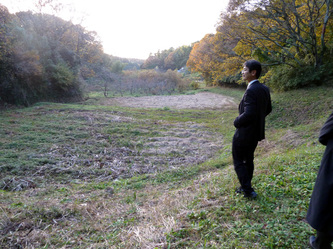
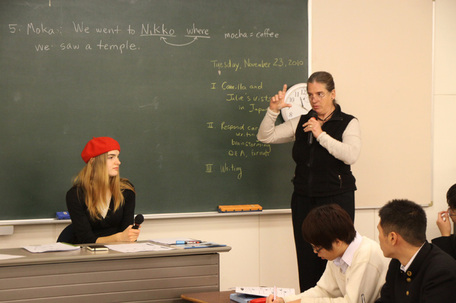
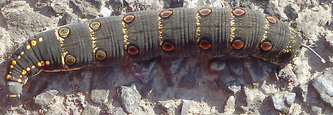
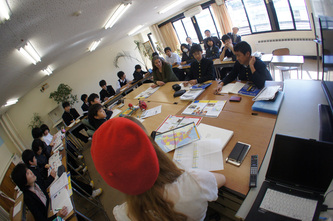
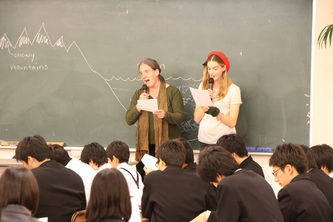
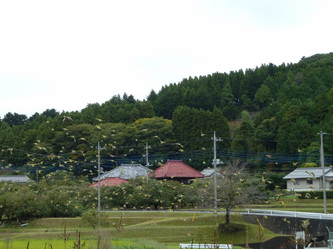
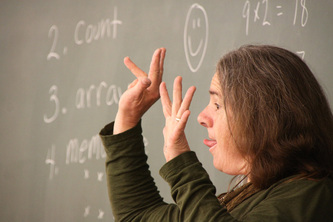
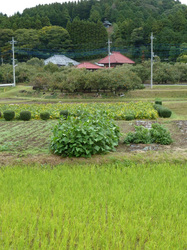
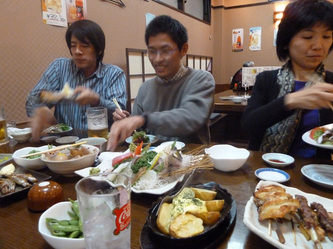
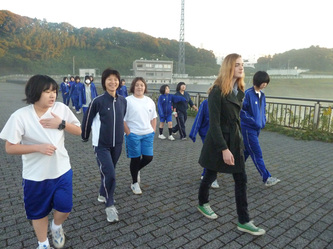
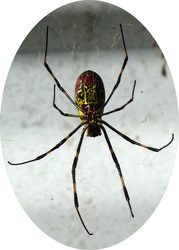
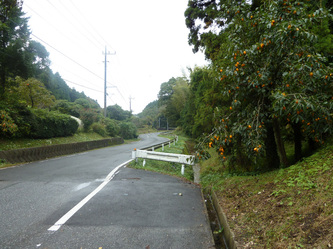
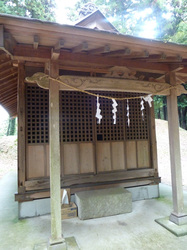
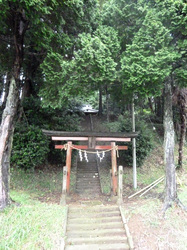
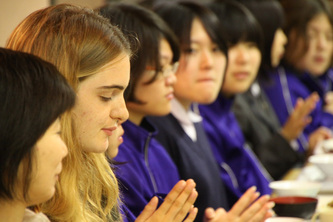
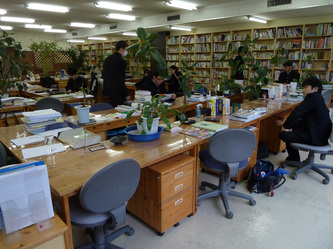
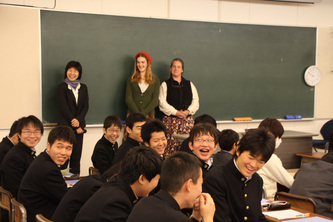
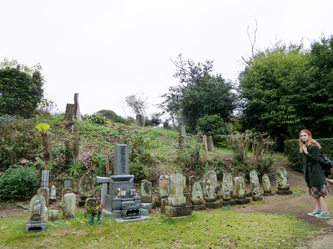
 RSS Feed
RSS Feed
